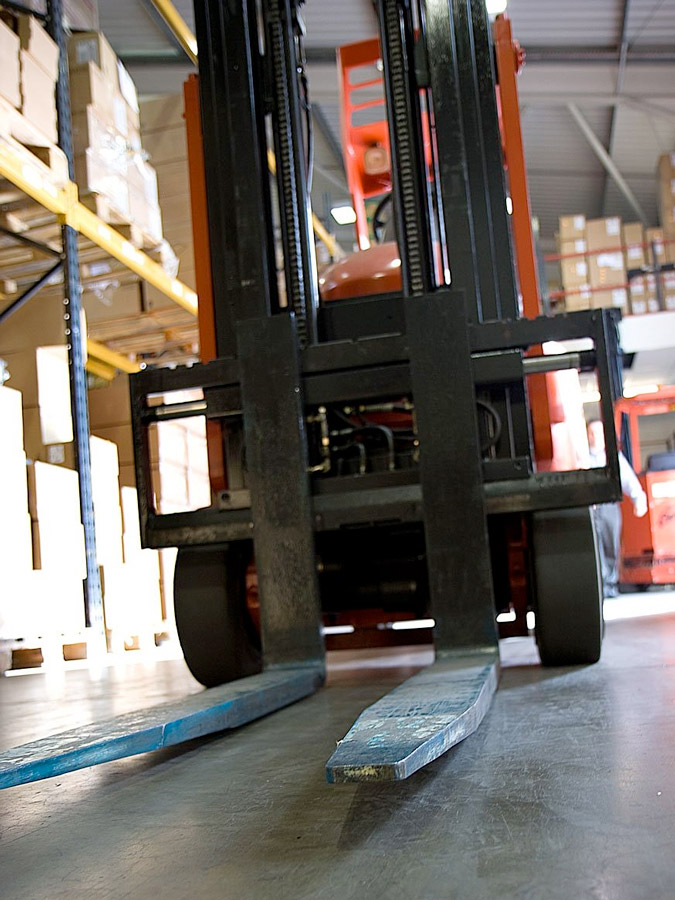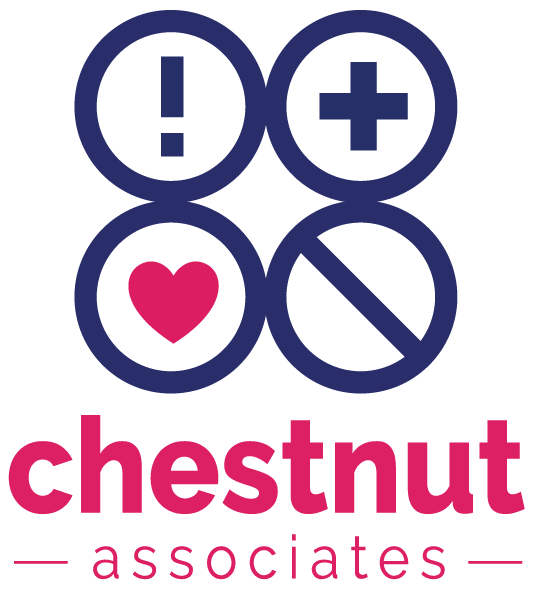Whatever your views are on Health & Safety it is not going away!
And due to COVID it is becoming even more important to get it right to protect each business, staff member and clients.
 As a business owner under the Health & Safety at Work Act 1974 you have a duty of care to protect people and keep them safe in the work environment.
As a business owner under the Health & Safety at Work Act 1974 you have a duty of care to protect people and keep them safe in the work environment.
Whatever the industry and whatever the size all businesses need Health & Safety. If there are over 5 employees, the H&S needs to be documented. I work with some smaller companies, and they have hazards such as they work in construction, some with chemicals and some with high risk equipment.
So many of my clients start out by saying
“What is the minimum we can get away with?”
After the first conversation where I ask more about the business and what kind of work they do, type of tools and equipment they use, training etc.
I can then put a plan together and explain each step and how easy it is they then realise it is not as bad as they expected. We talk through every stage of this as I am aware it is a time and financial pressure. They are also trying to run their business. We work at the clients pace all the time. Sometimes they need a little reminder or 2, but that’s ok.
The starting place is usually policies and risk assessments. So much information for staff is available on these documents and they make life so much easier.
Here is a blog I did on how to put together a Health & Safety Policy.
There are many additional polices that maybe relevant for your business such as;
- Environmental
- GDPR
- Equality
- Business Continuity Plan
- Alcohol & Drugs
- Bribery & Corruption
The Health and Safety Executive (HSE) website has so much information for any business so this can always be a good resource for you.
Risk Assessment
The dreaded words “Risk Assessment” this is needed for every business especially since COVID as you have had to display your compliance document.
Risk management is a step-by-step process for controlling health and safety risks caused by hazards in the workplace.
You can do it yourself or appoint a competent person to help you.
- Identify hazards
- Assess the risks
- Control the risks
- Record your findings
- Review the controls
Identify hazards
Look around your workplace and think about what may cause harm (these are called hazards). Think about:
- how people work and how plant and equipment are used
- what chemicals and substances are used
- what safe or unsafe work practices exist
- the general state of your premises
Look back at your accident and ill health records as these can help you identify less obvious hazards. Take account of non-routine operations, such as maintenance, cleaning or changes in production cycles.
Think about hazards to health, such as manual handling, use of chemicals and causes of work-related stress.
For each hazard, think about how employees, contractors, visitors or members of the public might be harmed.
Vulnerable workers
Some workers have particular requirements, for example young workers, migrant workers, new or expectant mothers and people with disabilities.
Assess the risks
Once you have identified the hazards, decide how likely it is that someone could be harmed and how serious it could be. This is assessing the level of risk.
Decide:
- Who might be harmed and how
- What you’re already doing to control the risks
- What further action you need to take to control the risks
- Who needs to carry out the action
- When the action is needed by
Control the risks
Look at what you’re already doing, and the controls you already have in place. Ask yourself:
- Can I get rid of the hazard altogether?
- If not, how can I control the risks so that harm is unlikely?
If you need further controls, consider:
- redesigning the job
- replacing the materials, machinery or process
- organising your work to reduce exposure to the materials, machinery or process
- identifying and implementing practical measures needed to work safely
- providing personal protective equipment and making sure workers wear it
Put the controls you have identified in place. You’re not expected to eliminate all risks, but you need to do everything ‘reasonably practicable’ to protect people from harm. This means balancing the level of risk against the measures needed to control the real risk in terms of money, time or trouble.
Review regularly
You must review the controls you have put in place to make sure they are working.
There is going to be more of a focus on mental health, stress and psychosocial issues and they are going to increase in 2022 and beyond.
When most people talk about Health and Safety they think about the physical aspects and not the psychosocial aspects such as the environment around them. There is a new ISO 45003 that is being introduced and this is a document that can support you in your next stage of developing this area. It’s a fascinating document and I am so looking forward to working more on this with my clients. This will also include health surveillance, counsellors, support groups, employee EAP programmes.
Training
There are many different training courses that your staff may need to attend, and they range from fork trucks, manual handling, first aid, working at height, fire, COSHH and asbestos. Induction should always be the first training session carried out. All training needs to be documented and signed off. I suggest to my clients to put together a training matrix to include all staff names with dates and training sessions attended.
First Aid
There needs to be first aid supplies available. A trained first aider or appointed person. First aid signage and an accident book are also required.
Fire and Emergency procedures also need to be in place. There is also a whole range of fire equipment needed and checks that need to be carried out. These can include extinguishers, risk assessment, smoke detectors, emergency lighting, call points, fire doors, fire blanket and signage. Each of these items needs a check sheet to document the checks are being carried out. This is your due diligence. Some of these checks will need to be carried out by a certified contractor.
H&S Law Poster
This needs to be in the workplace and completed with the correct information. So many businesses I go into and its either missing, hidden by something, wrong contact information or simply left blank.
Workplace testing
This can include such assessments as Legionella, asbestos, vibration and noise to name a few. Specialist contractors can come into your business and test for these elements.
Workstation Assessments
These are for staff that work on a PC for most of their day. A series of questions will be asked about how they sit and work. This will highlight any equipment required to make their work easier. Eye strain testing is also a regular assessment being carried out now.
Health & Safety In house Responsible Person or Chestnut Associates H&S Consultancy
The company will decide who this person is or maybe they will outsource to a consultancy like us Chestnut Associates.
So many factors to consider. When working with the right consultancy they can take away all the headaches for your business. Your time is so limited precious so a consultant can give you back this time. If the HSE have to come into your business because of an accident, they will charge £154.00 per hour!! The hours can soon add up and I don’t know many businesses that could sustain these charges. There are so many pieces of legislation that you need to know to keep compliant – that’s hours and hours of research and reading that again a consultancy can relieve you of, and let you concentrate on doing what you do best running your business.
Here are some more reasons here…
If you require any other information please don’t hesitate to contact us on 07770 302504 or email joanne@chestnutassociates.co.uk


